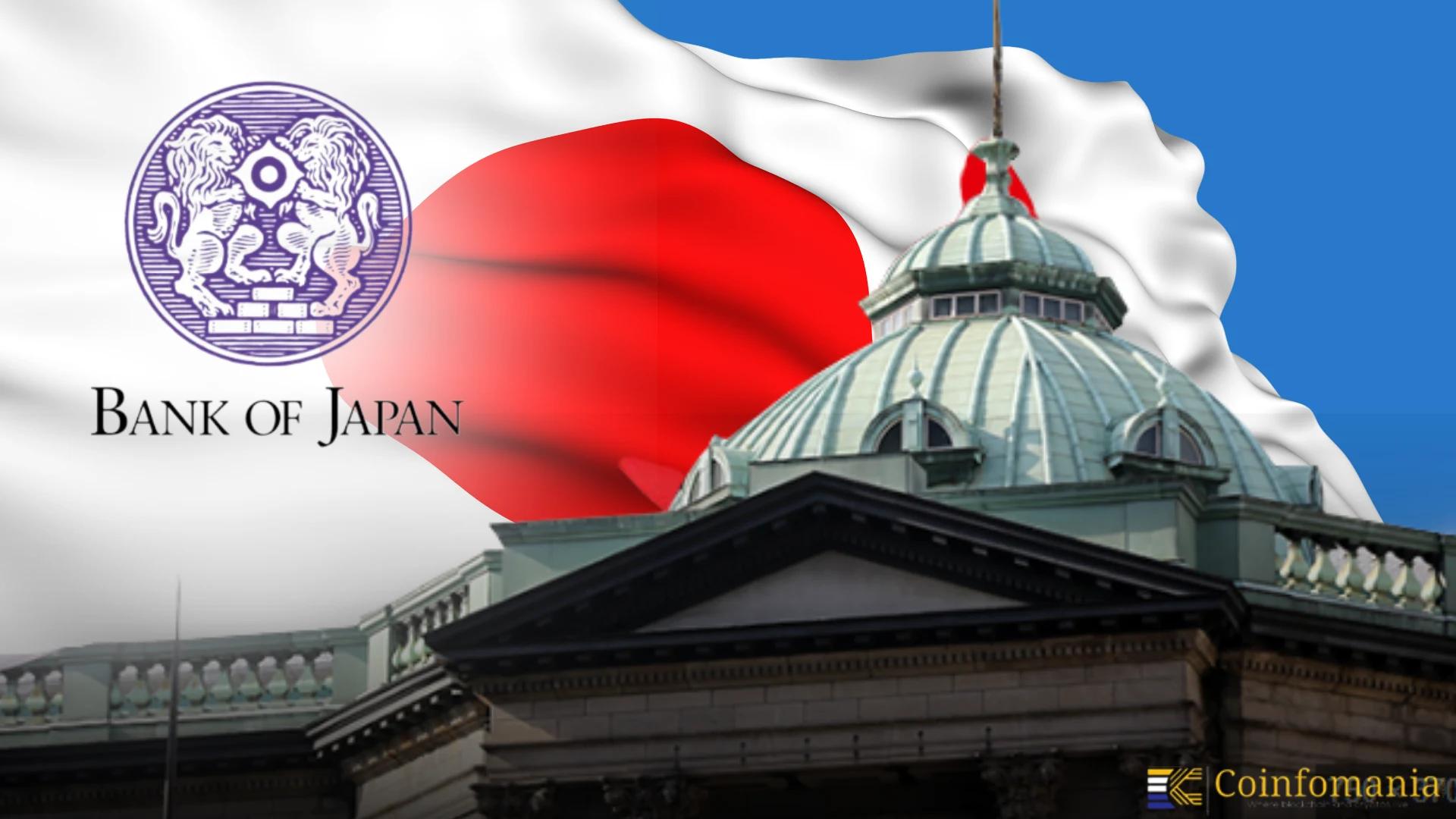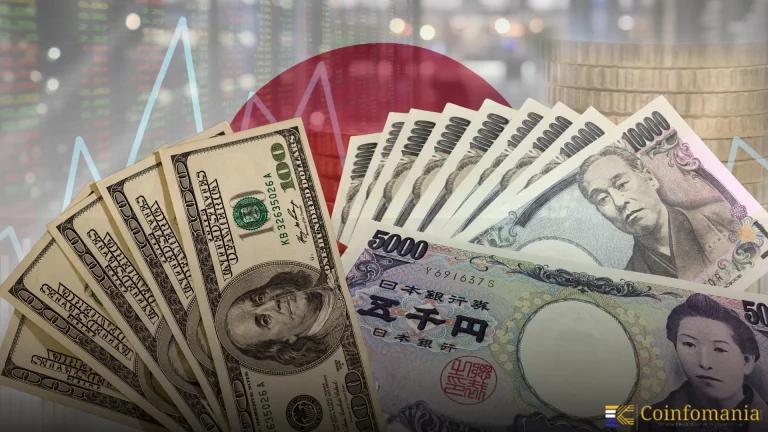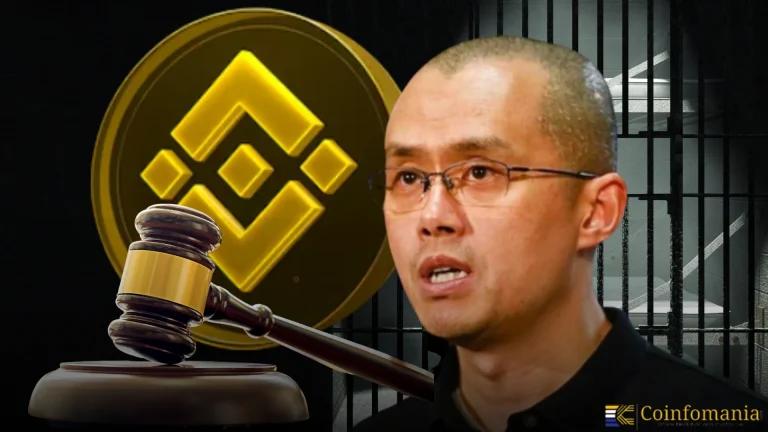BOJ Rate Hike: Central Bank Signals Gradual Policy Normalization
BOJ rate hike: Japan’s central bank may raise rates further as the economy strengthens and inflation and business confidence improve.

Quick Take
Summary is AI generated, newsroom reviewed.
BOJ raised rates to 0.5% in January, ending decade-long ultra-loose policy.
Deputy Governor Shinichi Uchida says more hikes are possible if trends continue.
Business confidence is rising despite global trade uncertainties.
Future rate increases aim to balance growth with price stability.
The Bank of Japan (BOJ) is signaling that more interest rate hikes could be on the way, according to Wu Blockchain. Deputy Governor Shinichi Uchida said the central bank will continue raising rates if economic and price trends meet expectations. This comes after the BOJ raised its benchmark interest rate to 0.5% in January, ending a decade-long ultra-loose monetary policy. Analysts now expect rates could rise to 0.75% by early 2026, depending on Japan’s economic performance.
The Bank of Japan’s Deputy Governor Shinichi Uchida said the central bank will continue raising interest rates if economic and price trends meet expectations. The BOJ raised rates to 0.5% in January, ending its decade-long ultra-loose policy, and may increase to 0.75% by early…
— Wu Blockchain (@WuBlockchain) October 17, 2025
Ending Ultra-Loose Policy
The January rate hike marked a huge shift for Japan. For more than ten years, the BOJ kept interest rates near zero in an effort to help growth and combat deflation. The move to 0.5% shows confidence that the economy can handle higher borrowing costs.
Deputy Governor Uchida emphasized that the BOJ will take a data-driven approach. “If economic growth and inflation continue on track, we are prepared to adjust rates accordingly,” he said. The careful strategy aims to avoid shocking the market while gradually normalizing monetary policy.
Improving Business Confidence
Japan’s businesses appear more optimistic about the economy. Surveys show rising confidence, especially in manufacturing and service sectors. Companies are investing more and hiring better, showing the strength in domestic demand.
However, Uchida also noted that global trade uncertainties remain. Factors like geopolitical tensions, supply chain disruptions and fluctuating energy prices could affect Japan’s export-driven economy. The BOJ is carefully monitoring these risks to make sure that rate increases do not destabilize growth.
What Rate Hikes Mean
Rising interest rates can have a lot of effects. For borrowers, higher rates increase the cost of loans, including mortgages and business financing. For savers, it can improve returns on deposits. While in financial markets, rate hikes usually make the currency stronger and can affect stock and bond prices.
The BOJ’s measured approach suggests that any changes will be gradual. Analysts believe that moving from 0.5% to 0.75% over the next year or two is realistic, giving businesses and consumers time to adjust.
Balancing Growth and Inflation
Japan has faced decades of low inflation and slow growth. The BOJ’s ultra-loose policy was designed to encourage spending and investment. Now, with inflation gradually rising and business confidence improving, the central bank is changing focus. Its goal is to balance sustainable growth with price stability, avoiding both overheating and deflation.
Deputy Governor Uchida’s statements reflect this careful balancing act. The BOJ is showing confidence in the economy but remains careful about risks. The pace and timing of future rate hikes will depend a lot on ongoing economic data.
What’s Next for Japan’s Economy
Investors and policymakers will closely watch Japan’s economic indicators over the coming months. Consumer prices, business investment and trade performance will all influence the BOJ’s decisions. For now, the BOJ rate hike message is pretty clear, that Japan is moving toward a more normalized monetary policy, but it will proceed carefully to maintain stability.
Follow us on Google News
Get the latest crypto insights and updates.


